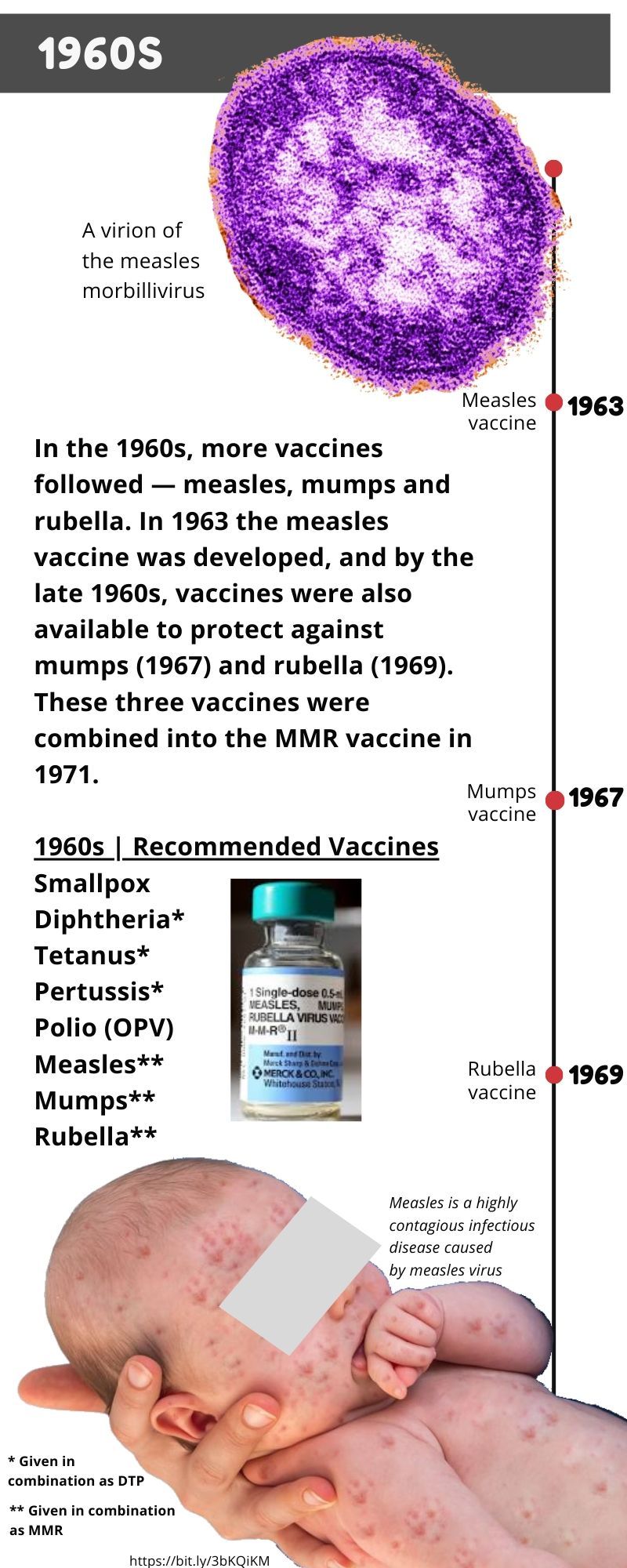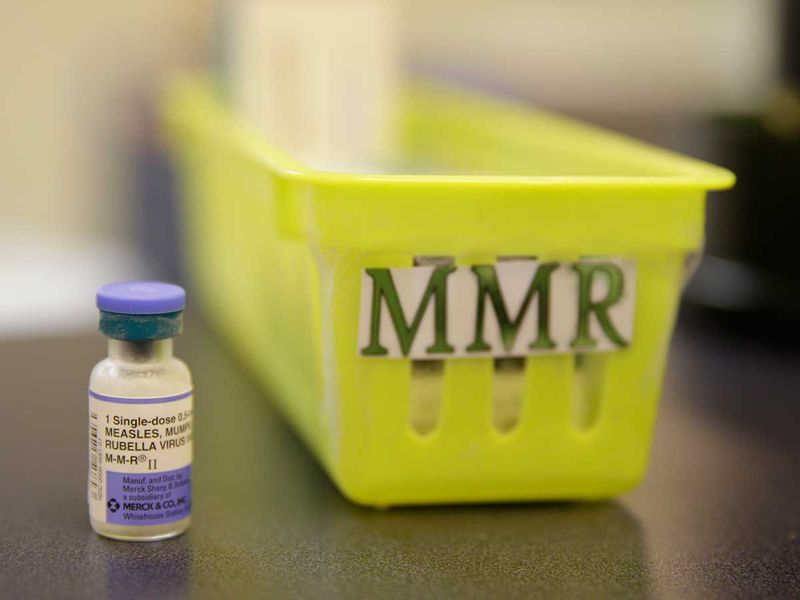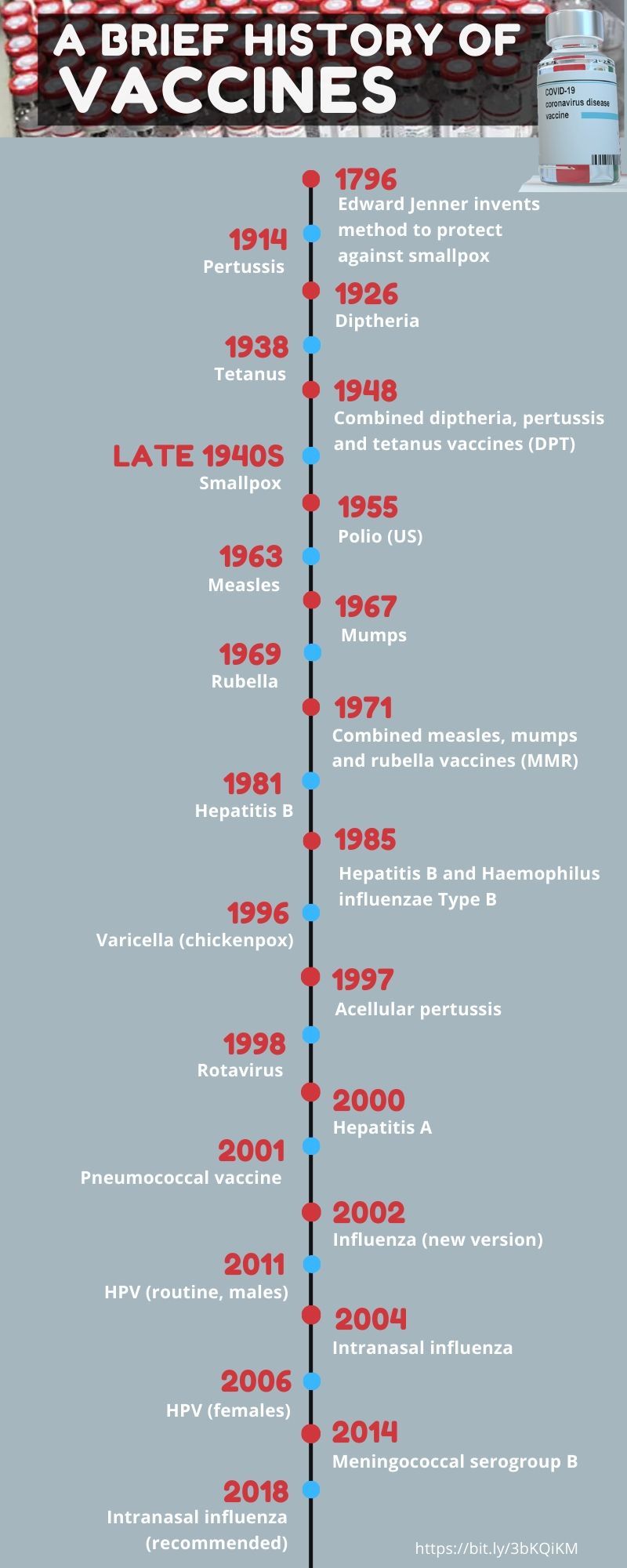Dubai: There's one fascinating fact about the coronavirus pandemic: most children seem to evade severe cases of COVID-19. A new research offers one possible explanation, and it's down to their previous immunisation. A peer-reviewed study recently published in the journal mBio (the open-access journal of the American Society of Microbiology) found a "statistically significant inverse correlation" between mumps "titer" levels and COVID-19 severity.
A titer is a lab test that measures the presence and amount of antibodies in blood, which indicate immunity to disease. Since March 2020, it's been theorised that MMR vaccine provides protection against severe COVID, by reducing the inflammation associated with SARS-CoV-2. But until now, no scientific evidence exists to prove it. The study analysed the MMR markers among recovered (convalescent) COVID-19 patients, whose infection were previously confirmed by PCR test.
READ MORE
80 people studied
The research team divided the 80 COVID-19 convalescents into two groups: The first consist of 50 subjects who would primarily have MMR antibodies from the MMR II vaccine. The second group include 30 subjects who would primarily have MMR antibodies from sources other than MMR II shot — including prior measles, mumps, and/or rubella illnesses. Both titer and severity levels were measured according to standardised scales. What they found was startling: People with the highest mumps antibody titers had asymptomatic COVID-19.

Inverse correlation
Researchers stated in the journal's November/December 2020 issue that among 50 COVID-19 patients under the age of 42 who had received the MMR II as children, the higher their titers — or levels — of so-called "IgG antibodies" produced by the vaccine and directed against the mumps virus in particular, the less severe their symptoms.
Within the MMR II group, mumps titers of 134 to 300 arbitrary units (AU)/ml (n= 8) were found only in those who were functionally immune or asymptomatic. Those with mild symptoms had mumps titers below 134 AU/ml (n= 17). Those with moderate symptoms had mumps titers below 75 AU/ml (n=11). All those who had been hospitalised and had required oxygen had mumps titers below 32 AU/ml (n 5). "Our results demonstrate that there is a significant inverse correlation between mumps titers from MMR II and COVID-19 severity," the team stated.

Children: Lower COVID case and death rate
The sampling of 80 convalescents is relatively small and researchers stated it needs to be expanded to validate their results. Still, the new findings “may explain why children have a much lower COVID-19 case rate than adults, as well as a much lower death rate,” coauthor Jeffrey Gold, president of World Organization, in Watkinsville, Georgia, said in a statement. “The majority of children get their first MMR vaccination around 12 to 15 months of age and a second one from 4 to 6 years of age.”
In March 2020, Jeffrey Gold, the lead researcher, theorised after observing that recent, large-scale MMR vaccination campaigns were associated with countries with the fewest COVID-19 deaths. A separate Cambridge study also made the same observation. It also noted a simple, yet impotant fact: the protein "homology" (similarity due to shared ancestry) between the COVID-19 virus and the rubella virus.
Inducing antibodies
Vaccines induce a variety of different antibodies to protect against a virus, since each part of an antigen stimulates different antibodies. Titer tests determine seropositivity (presence or levels in blood) based upon a narrow set of antibody concentrations. However, they do not measure the viral neutralisation power of all the different antibodies related to a virus. It means a titer test does not specifically point out the which among the many antibodies present in the blood is responsible in killing a specific virus.
Since March 2020, scientists led by Gold had already hypothesised that MMR II may be cross-protective against COVID-19. However, it's been thought that there's only a narrow subset of antibodies related to measles, mumps, or rubella that may protect against COVID-19. The researchers said they had consider the various ways in which individuals develop MMR-related antibodies. To determine the differences in effect on titer values, the researchers noted differences in age groups and the year various versions of the vaccines were introduced.
For example, they cited that older adults, including virtually all born before 1957, most likely have MMR antibodies from naturally-acquired infections. Meanwhile individuals may have developed antibodies from the current MMR II vaccine by Merck (initially licensed in 1979), which includes the Edmonston strain of measles, the Jeryl Lynn (B-level) strain of mumps, and the Wistar RA 27/3 strain of rubella.
The team also stated that individuals who may have developed antibodies from early separate "monovalent" (one shot, one virus targeted) measles, mumps, or rubella vaccines. Still, individuals may have antibodies from other combination vaccines, including the original MMR vaccine by Merck, utilising the less effective HPV-77 DE-5 strain of rubella.

from World,Europe,Asia,India,Pakistan,Philipines,Oceania,Americas,Africa Feed https://ift.tt/2J8go1u
No comments:
Post a Comment